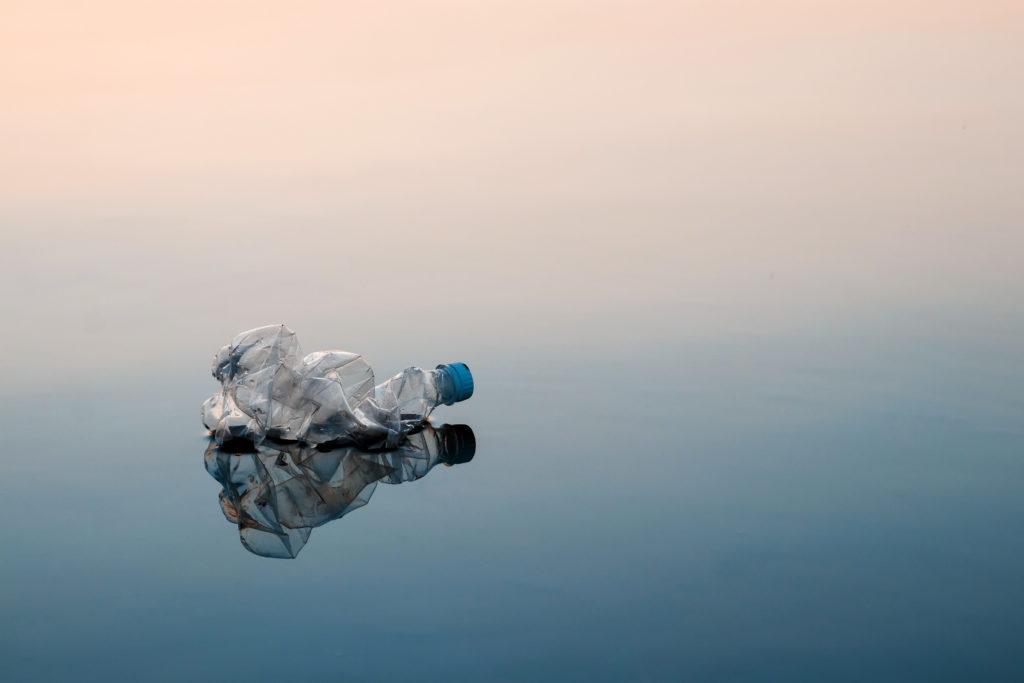
Marine litter, underwater noise and chemical contamination of the marine environment were prominently featured on the agenda of the PRESSURE 11-2019 meeting held in Brussels from 22 to 25 October. The meeting was further complemented by two workshops on hazardous substances and marine litter.
“Marine litter is posing a threat to the Baltic Sea’s biodiversity, so it needs to be solved rapidly,” said Dmitry Frank-Kamenetsky, adding that the issue is being successfully addressed through the implementation of the HELCOM Regional Action Plan on Marine Litter.
In Brussels, progress in the implementation of the plan was particularly acknowledged, and further steps were outlined to deal with derelict fishing gear, to improve stormwater management – crucial in addressing microplastics – and to address expanded polystyrene, one of the top litter items found on the entire Baltic Sea coast.
“Since rivers are significant pathways bringing litter and all sorts of substances to the sea, we also need to look upstream and beyond our shores,” said Frank-Kamenetsky, echoing the common view that further cooperation with river basin management authorities needs to be strengthened to address the marine litter issue.
Furthermore, a new draft of the action plan to mitigate manmade underwater noise was presented at PRESSURE 11-2019. “Although the document is still in a drafting phase, it is a first step in the HELCOM process that may eventually lead to concrete measures to ease the effects of man-made sound and noise on aquatic wildlife,” said Frank-Kamenetsky.
Marine mammals and certain type of fish are particularly affected by underwater noise since they rely heavily on hearing throughout their entire life, such as for geolocation, communicating, feeding or mating.
Chemical contamination of the marine environment was another of the key environmental pressures emphasized at PRESSURE 11-2019, highlighting the vast variety of chemicals currently used in industries and households. New products are continuously flooding the markets, and their effects on the marine environment aren’t always clear.
At the meeting, the HELCOM members therefore welcomed the progress on a knowledge base on micropollutants including pharmaceuticals currently in development, and concluded that the HELCOM framework on hazardous substances might require a significant revision to be able to respond to threats posed by these new chemicals.
Moreover, a new assessment of the input of nutrients to the Baltic sea was presented at PRESSURE 11-2019, illustrating the substantial reduction of nutrient inputs since the reference period. The assessment shows that inputs of nitrogen and phosphorus to the Baltic Sea were reduced by 14 and 24 percent respectively since early 2000.
The highest nitrogen input reduction in this period was observed in the Danish Straits (24 percent) and Kattegat (21 percent), while the highest reduction of phosphorus load was noted in the Gulf of Finland (51 percent) and Baltic Proper (22 percent).
The reduction indicates the joint effort of all HELCOM countries to reduce input of nutrients and commitment to abate eutrophication – the major threat for the Baltic Sea. But the assessment shows that the nutrient input targets for the whole Baltic Sea have not yet achieved.
PRESSURE 11-2019, the “11th Meeting of the Working Group on Reduction of Pressures from the Baltic Sea Catchment Area (HELCOM Pressure Group),” was hosted by the European Commission in Brussels.
The HELCOM Pressure Group seeks to provide the necessary technical background to the work on inputs of nutrients and hazardous substances from both diffuse and point sources on land, including follow-up of the implementation of the HELCOM nutrient reduction scheme. It currently also works on emerging challenges such as underwater noise and plastic pollution.
